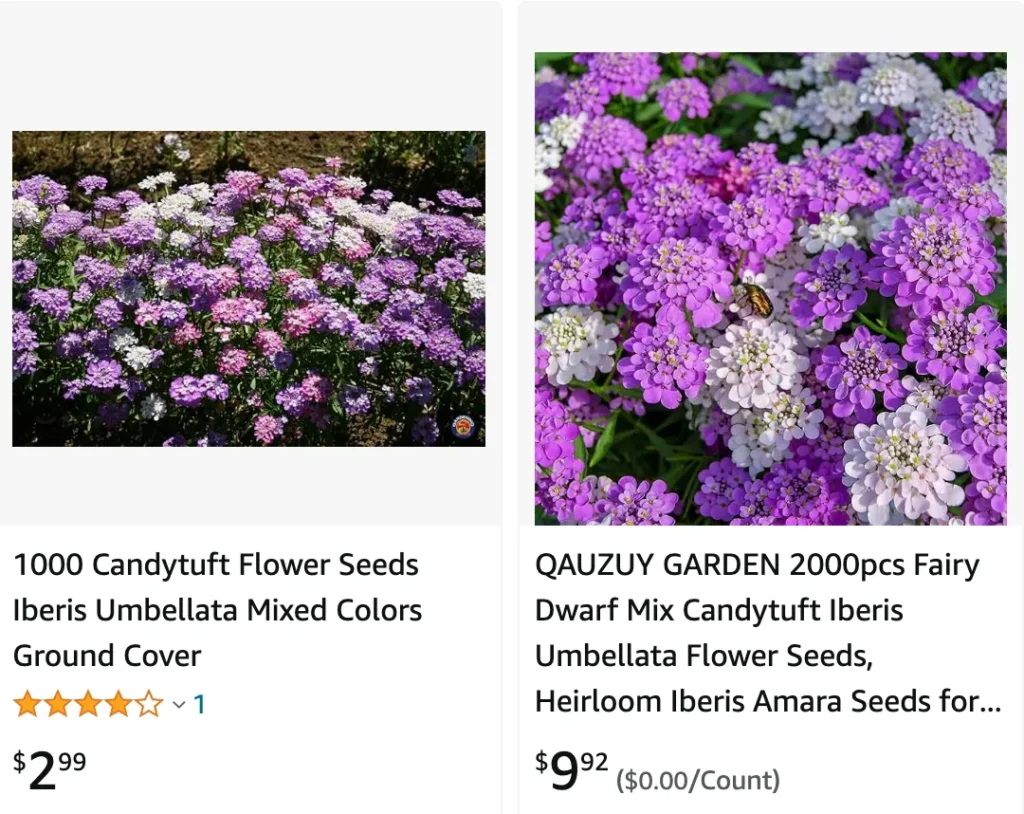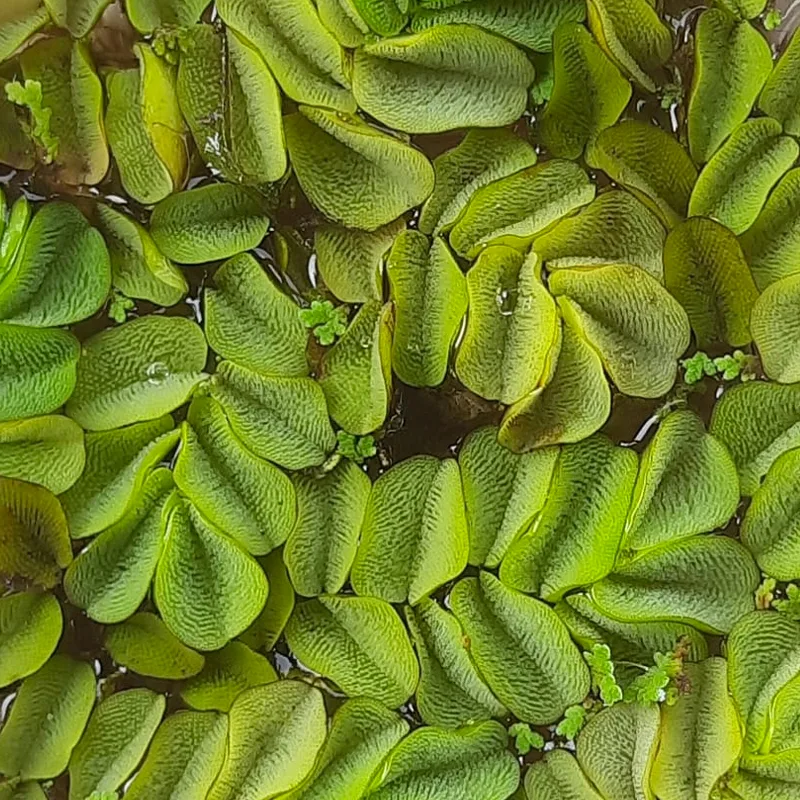
A Gardener’s Delight: The Enchanting Iberis Umbellata
For years, I’ve been captivated by the unassuming beauty of Iberis umbellata, also known as Globe Candytuft. This little flowering wonder packs a visual punch, adding a touch of whimsical charm to any garden. Its delicate white, pink, or purple blooms, clustered in tight spheres, resemble a cloud of cotton candy against a backdrop of green foliage. But Iberis umbellata isn’t just aesthetically pleasing; it’s also surprisingly easy to grow, making it a perfect choice for both novice and seasoned gardeners alike.
32 Species in Genus Iberis
Where Iberis Umbellata Thrives?
This little trooper hails from the sunny shores of Southern Europe, so it comes as no surprise that Iberis umbellata thrives in full sun. In fact, at least 6-8 hours of direct sunlight per day is ideal for promoting abundant blooms. While it tolerates partial shade, expect slightly fewer flowers. When it comes to soil, Iberis umbellata isn’t fussy. Well-drained, slightly sandy soil is best, but it can adapt to a range of conditions as long as it’s not waterlogged.
How to plant Iberis Umbellata?
There are two main ways to cultivate this delightful flower: from seeds or seedlings.
For the seed-starting enthusiasts, sow the seeds directly outdoors in early spring, after the danger of frost has passed. Opt for a raised bed or a pot with good drainage. Simply scatter the tiny seeds on the surface of the soil and press them gently. Iberis umbellata seeds germinate readily without any special treatment. Keep the soil moist but not soggy until the seedlings emerge, which usually takes about two weeks.
If you prefer a quicker route, transplanting seedlings purchased from a nursery is a great option. Plant them outdoors in your chosen location after the last frost. Space the seedlings according to the mature size of the variety you’ve chosen, typically around 8-12 inches apart.
Iberis Umbellata: A Low-Maintenance Charmer
The beauty of Iberis umbellata lies not just in its appearance, but also in its easygoing nature. Once established, it requires minimal care. Watering needs are moderate, with occasional deep watering during dry spells being sufficient. As for fertilizer, a light application of a balanced fertilizer in early spring can encourage lush growth and bountiful blooms. However, Iberis umbellata is not a heavy feeder, so avoid overdoing it.
Deadheading for a Longer Bloom Time
To extend the flowering season of your Iberis umbellata, deadheading is a simple yet effective technique. This involves removing spent flowers as they fade. By doing so, you prevent the plant from setting seed and instead encourage it to focus its energy on producing more blooms. Simply pinch off the faded flower head with your fingers, taking a small portion of the stem with it.
Iberis Umbellata: A Perfect Companion
This versatile flower complements a variety of plants in your garden. Its delicate blooms add a touch of softness alongside bolder perennials like lavender or Russian sage. It also pairs beautifully with ornamental grasses, creating a textural contrast. For a cascading effect, consider planting Iberis umbellata in containers or hanging baskets alongside trailing plants like verbena or lobelia.
How to Winter Care for Iberis Umbellata?
As an annual, Iberis umbellata won’t survive harsh winters. However, in frost-free climates with mild winters, it may self-seed, treating you to a delightful surprise come spring. Otherwise, you can easily collect seeds from spent flower heads and store them in a cool, dry place for planting next season.
The Enduring Appeal of Iberis Umbellata
The charm of Iberis umbellata lies in its simplicity and resilience. It brings a touch of whimsy to the garden with its delicate blooms and requires minimal effort to thrive. Whether you’re a seasoned gardener or just starting out, this delightful flower is sure to add a touch of magic to your outdoor space. So, why not give Iberis umbellata a try? You might just find yourself captivated by its unassuming beauty, just like I have been.
If i die, water my plants!



